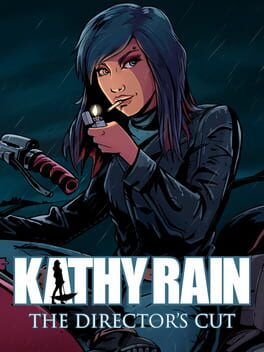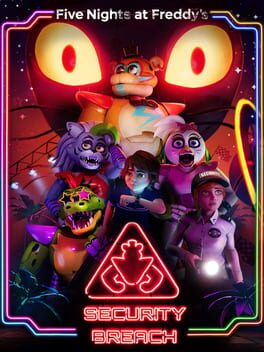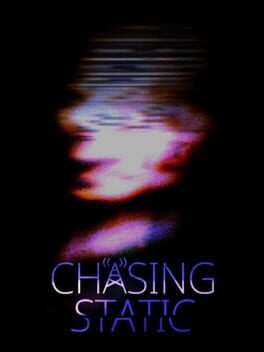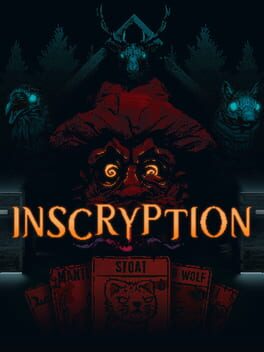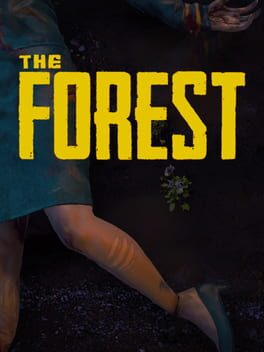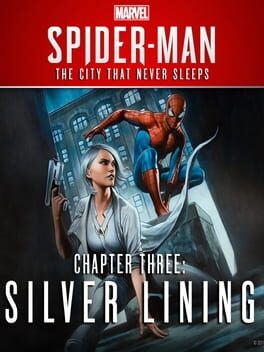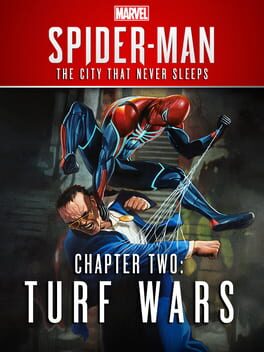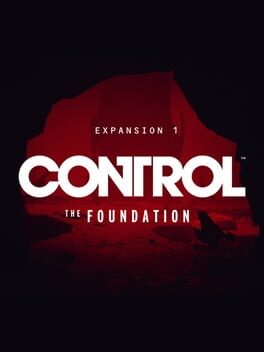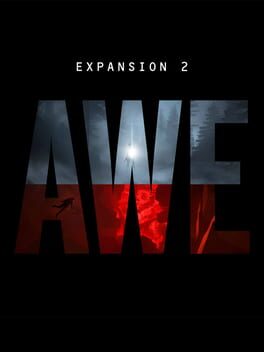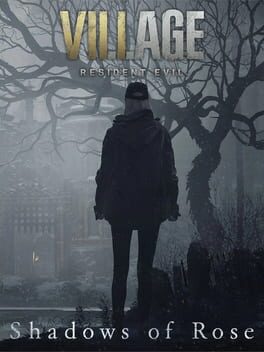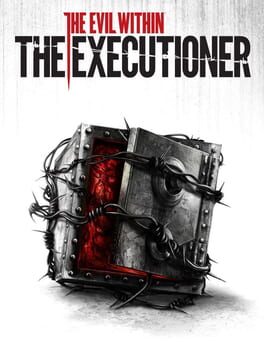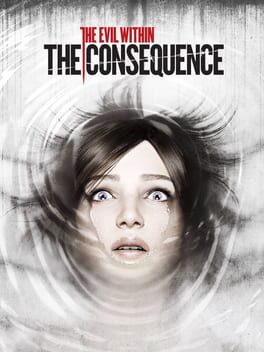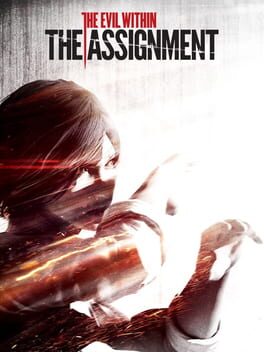ResidentRed
I was late to Kathy Rain, but the release of the Director’s Cut put it on my radar. There’s nothing like a good point and click where you can get lost in the puzzles and narrative, and Kathy’s adventure didn’t disappoint in that regard. As a character she came across as the edgy teen, her dialogue sassy and sarcastic, but quite honestly I liked her more for it.
The most fun I had was trying to figure out the unfolding mystery, as well as the various obstacles—usually people—that got in the way. What pleasantly surprised me was the horror that came out of nowhere, the weirdness that came from the Twin Peaks inspiration getting altogether freaky.
The most fun I had was trying to figure out the unfolding mystery, as well as the various obstacles—usually people—that got in the way. What pleasantly surprised me was the horror that came out of nowhere, the weirdness that came from the Twin Peaks inspiration getting altogether freaky.
Five Nights at Freddy’s: Security Breach released in an awful state. With its copious amount of bugs and various gameplay flaws, it succeeded in being anti-fun. I played it shortly after it came out, and since then several aspects have been tweaked, but it doesn’t negate my own experience. An example being that, at the time of my playthrough, the proper ending was locked behind a shallow hard mode that didn’t have any way to save.
I understand that established fans or even new players of the franchise could find enjoyment somewhere in the mess, but as far as my opinion goes, the best thing was the pretty graphics.
I understand that established fans or even new players of the franchise could find enjoyment somewhere in the mess, but as far as my opinion goes, the best thing was the pretty graphics.
2021
With a retro-inspired aesthetic of the PS1 era, Chasing Static didn’t blow me away, but it was still a decent experience. Driven by audio, the goal was to visit three quarantine sites to detect anomalies in the aftermath of some sort of incident. Gameplay involved following radio frequencies, mostly going from point A to point B, all while finding and using items. It lacked puzzles and danger, its most notable aspects being its creepy atmosphere and sound.
I enjoyed it for what it was, yet the storytelling went a bit over my head. At an hour I was about a third of the way through the game already, which is a large part of why I jumped into it in the first place—sometimes you just need something short with low investment.
I enjoyed it for what it was, yet the storytelling went a bit over my head. At an hour I was about a third of the way through the game already, which is a large part of why I jumped into it in the first place—sometimes you just need something short with low investment.
2021
Going all in on weird, the deck-building roguelike Inscryption was one of those games that dominated my time, and I remember being so proud of myself when I finished it. There's no doubt that it was difficult, but it was more of a test of patience than anything else, success achieved by learning the mechanics (and a bit of luck).
Consisting of three acts, each one had its own visual style and overall theme—from first-person to top-down pixel art—but the foundations remained the same of collecting cards to create a competent deck. There was also a metafictional story that took the form of found footage of a vlogger, and I really enjoyed the rabbit hole.
Consisting of three acts, each one had its own visual style and overall theme—from first-person to top-down pixel art—but the foundations remained the same of collecting cards to create a competent deck. There was also a metafictional story that took the form of found footage of a vlogger, and I really enjoyed the rabbit hole.
2018
The Forest set itself apart from games like it with horror themes in the form of an island infested with cannibal tribes. My co-op playthrough began as uneventful, our group merrily froliking through the woods until strange figures started appearing—scouts, at first. It was impressive how it escalated from there, with more numbers and stronger enemies showing up later on.
Collecting various equipment from cave systems, we worked toward the end goal. Once the credits rolled, none of us felt the need to continue playing, the base building in itself not enough. Having a clear-cut ending definitely has its pros and cons in a survival game, and for this one, I don’t particularly consider it having replayability.
Collecting various equipment from cave systems, we worked toward the end goal. Once the credits rolled, none of us felt the need to continue playing, the base building in itself not enough. Having a clear-cut ending definitely has its pros and cons in a survival game, and for this one, I don’t particularly consider it having replayability.
The Frozen Wilds took place in a new region called the Cut, its storyline revolving around the Yellowstone Caldera and rogue AI. My impressions were positive—I loved Zero Dawn dearly, and the expansion was just more of that, with a manageable amount of activities to complete. It also had the most powerful weapons of the game to deal with the challenging enemy variants, and taking those into new game plus was totally worth it.
Silver Lining concluded The City That Never Sleeps DLC, Silver Sable making a return and joining in on an uneasy alliance with Spider-Man. Sable carried it, her no-nonsense personality the highlight. While Hammerhead may have still been underwhelming and not a great antagonist, it was still worth the playthrough to end off a great main game. At times it even proved more of a challenge with increased difficulty, obviously assuming the player to be familiar with the skillset.
Turf Wars upped the stakes of The Heist, and was the second chapter in The City That Never Sleeps DLC. It focused more on Yuri Watanabe, shedding light on her backstory as well as her personality. I thought the writing around her character was the best thing about it—seriously, talk about development, if only Hammerhead got the same treatment. Obviously there were more challenges, collectibles and the usual gameplay, all decent stuff.
The Heist was the first of the trio of DLC following Marvel's Spider-Man. The most notable new character was Black Cat (insert generic comment about her being hot), and the story depicted the beginning of the unrest between the city's crime families. I thought it was decent, but not as compelling as the main game—it offered new collectibles and challenges with Screwball, so the extra content was there, but the narrative just wasn't up to par. Peter especially came off as gullible, I couldn't have rolled my eyes any harder.
The Foundation was the first of Control's excellent expansions, continuing the story from where the main game left off. It opened up a new area (which I couldn't help but think of as Mars) and new enemy variants as well as new powers to help traverse the environment. It wasn't a huge change; the switch from seriousness to silliness was still present, and that's what Control did best. What I really liked also was Jesse's progression—as a protagonist she had a strong personality that developed over time.
2020
AWE brought Alan Wake and Control together, establishing them as in the same universe. It introduced light mechanics that Alan Wake is known for, and had more of a horror theme that I enjoyed a lot. I can't say I fully got the story as I've found Alan Wake in general difficult to understand, but it was still great. In fact, I preferred this expansion over the Alan Wake game itself. The use of Jesse's paranatural abilities made all the difference, and the expansion's antagonist was more than memorable.
Shadows of Rose was the sole story DLC in the Winters' Expansion, and the final chapter for the Winters' arc. Rosemary took the stage, now a teen and struggling with her abilities. I adored the journey she underwent to accept herself, gameplay making use of her powers. Capcom is just on a role with the franchise, showing they're not afraid to try different things with the setting—the fantastical themes on Village continued with Rose. I very much enjoyed it, and I'm only left excited for the future.
Deviating from the previous DLCs for The Evil Within (The Assignment and The Consequence), The Executioner put the player in the shoes of one of the game's enemies to battle through matches and collect coins to purchase new weapons and upgrades. I actually had a blast with this one, it was a lot of fun playing as one of the monsters that annoyed me the most. I also liked how different it was, certainly being more action orientated.
The Consequence was the conclusion of Juli Kidman's two-part perspective of what happened in The Evil Within, therefore it continued to attempt to fill in the blanks. It was more of the same—I could argue that both halves should've been released as one—with stealth sections and puzzles. There was more gunplay in the later chapters, and overall I found it to be just as enjoyable. I can't say I kept up with the story, though, as I could never find much interest in how it was told.
I make it no secret that I didn't like The Evil Within, but that didn't stop me from jumping into its DLC, and I'm glad I did. The Assignment was part one of Juli Kidman's story that ran parallel with Sebastian's. It was obviously much shorter in length, but I preferred that as it didn't feel like a never-ending slog. Gameplay was also spiced up with the lack of a gun, so it relied on stealth for the most part. I thought it was decent, even a pleasant surprise.
I LOVED the creature design, most notably the Shade. I'll forever consider it one of the best monsters in horror gaming.
I LOVED the creature design, most notably the Shade. I'll forever consider it one of the best monsters in horror gaming.
